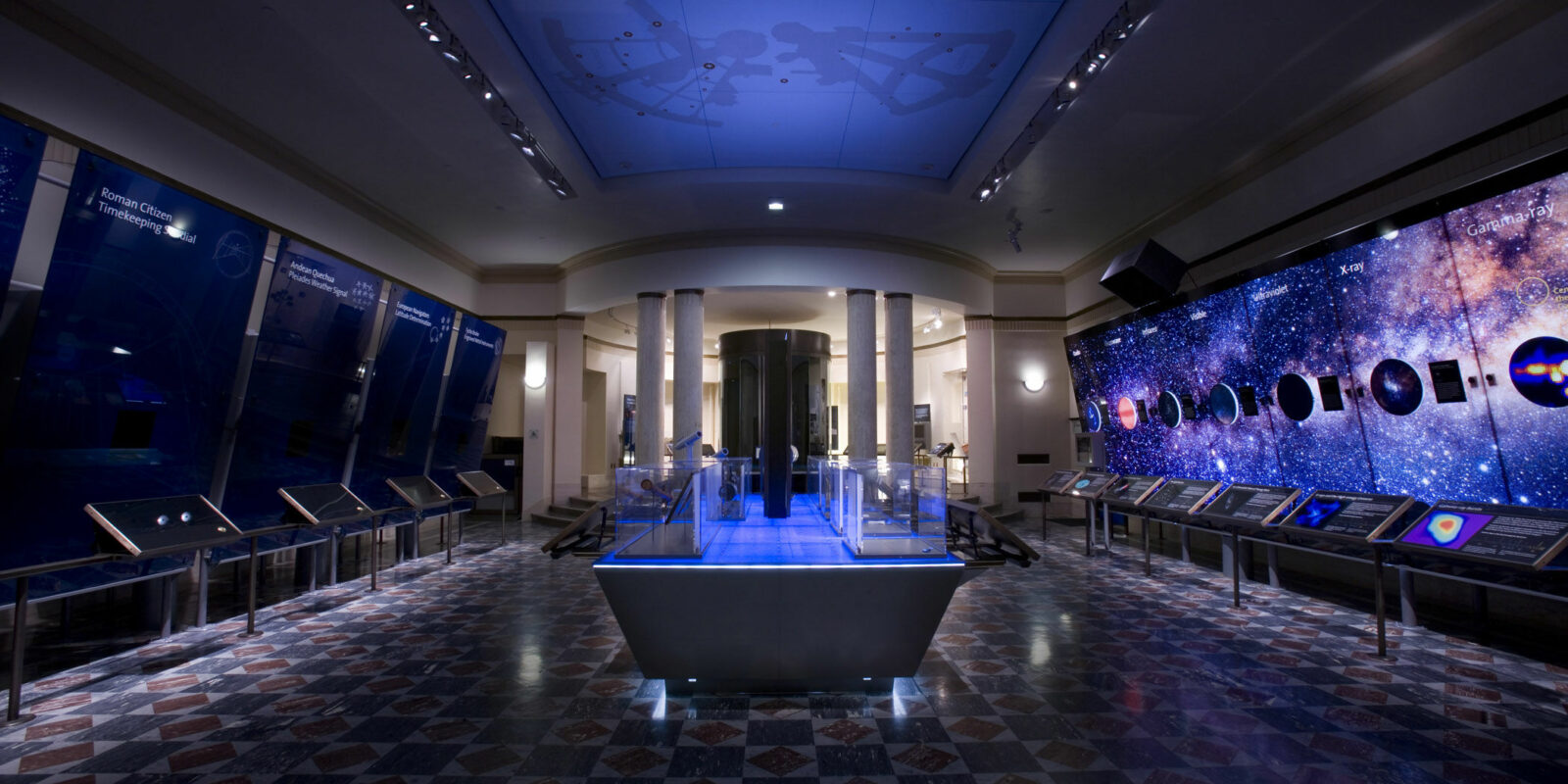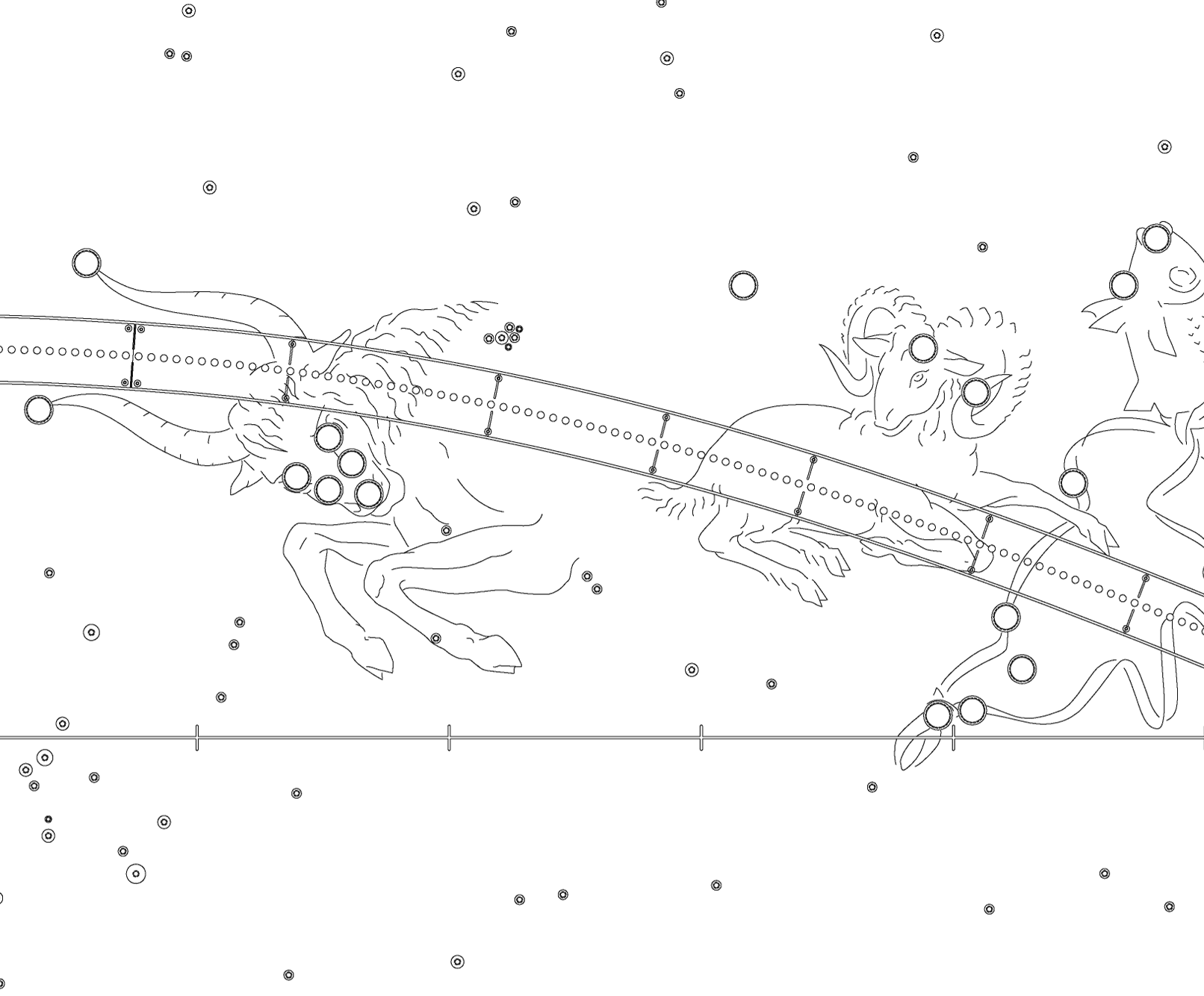Wilder Hall of the Eye

The Evolution of Human Observing
The Wilder Hall of the Eye illustrates the nature and progress of human observation of the sky and the tools used for that exploration. This exhibit gallery focuses on how people have observed the sky and the often profound impact those observations have had on people and society. Each of the four Wilder Hall of the Eye exhibit areas charts the key developments that have further evolved our ability to help our eyes see farther, fainter, and beyond.
Our eyes were our first astronomical instruments. They let us see the objects that populate the sky, but not how the universe works. We are figuring that out by using telescopes, observatories, and spacecraft to magnify the view and extend our vision. Each new instrument we build expands our understanding of the universe.
We are all skywatchers, and Earth was our original observing platform. From our earliest history, we studied the sky to discover more about the Sun, Moon, planets, stars, and galaxies. What we learned affected our lives and shaped the course of civilizations.


Explore the Wilder Hall of the Eye

Using the Sky
We have always been skywatchers. In early times, we connected the movements of the Sun, Moon, and stars to the passage of time and the change of seasons. Then we learned to predict and chart celestial motions, and used that information to create timekeeping devices and calendars. Farmers and sailors came to depend on accurate knowledge of the sky, wisdom that gave others political and religious power.

Extending the Eye
By manipulating optical tools, telescopes, lenses, and mirrors, on this workbench in the center of the gallery, visitors begin to understand how the introduction of the telescope profoundly changed our observation of the sky and our perception of our place in the universe.

Observing in California
We can see the sky from anywhere on Earth, but astronomers must be choosy about where they observe. For them, stargazing requires good weather and dark skies.

Beyond the Visible
Our view of the sky is shaped by what our eyes can detect. Yet there are many wavelengths of light beyond the colors we see. They let us observe star birth and death, peer into the dusty hearts of galaxies, and detect the otherwise invisible effects of black holes.

Tesla Coil
With its giant arcing sparks and unnerving noise, Griffith Observatory's Tesla coil is one of its most memorable and iconic exhibits. Millions have seen it in operation, throwing its lightning-like discharges to the walls of its alcove.

Camera Obscura
The camera obscura may seem like it depends on magic, but it is a really a simple piece of optical equipment. It projects an image of the outside world into a dark room through a pinhole. The camera obscura on the Griffith Observatory roof uses a mirror and rotating turret to produce the reflected image seen here.